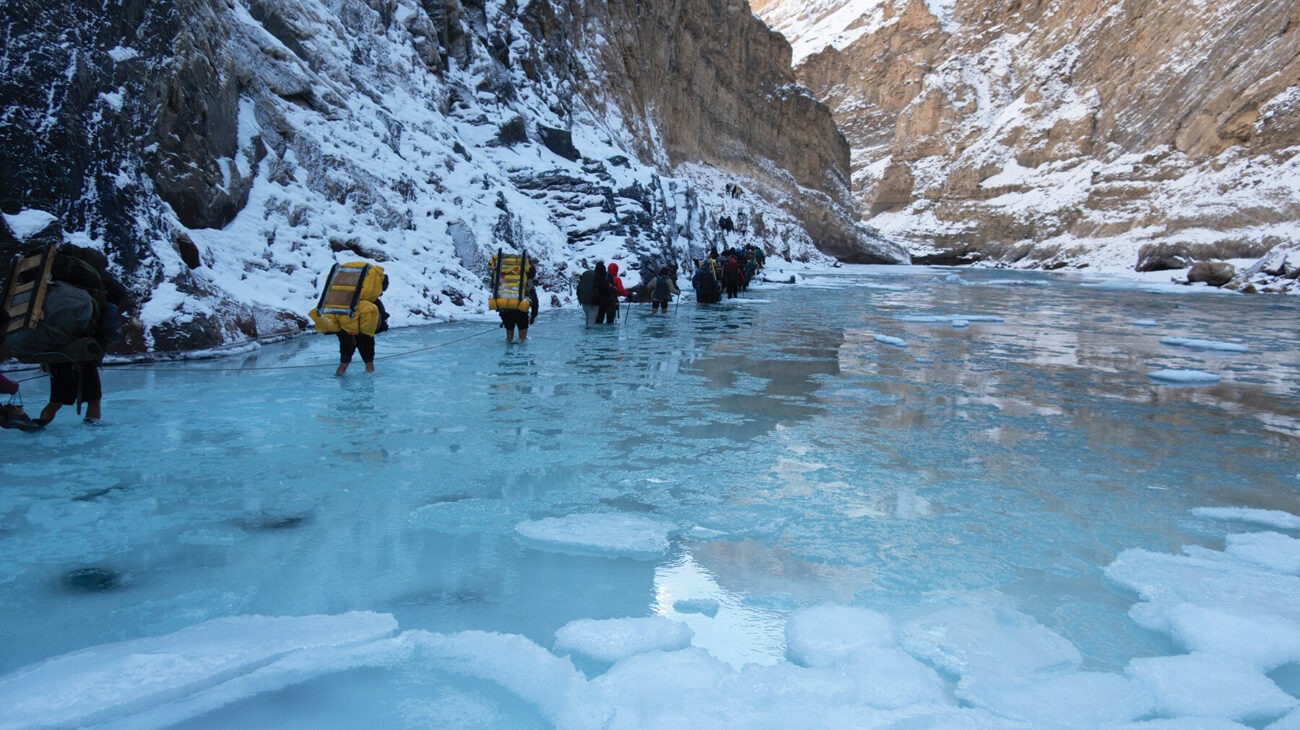This is an early access version, the complete PDF, HTML, and XML versions will be available soon.
Open AccessArticle
1
Department of Agricultural Systems, Forestry and Environment (Unit Associated to EEAD-CSIC Soils and Irrigation), Center for Agri-Food Research and Technology of Aragon (CITA), 50059 Zaragoza, Spain
2
Independent Researcher, Santa Clara 50100, Cuba
3
Department of Hydraulic Engineering, Faculty of Technical Sciences, Universidad de Ciego de Ávila, Ciego de Ávila 65100, Cuba
4
Centre for Geomatic, Environmental and Marine Estudies (GEOMAR), Ciudad de México 11560, Mexico
5
Provincial Meteorological Centre of Ciego de Ávila, Institute of Meteorology, Avenida de los Deportes S/N, Ciego de Ávila 65100, Cuba
6
Centro de Investigación Mariña, Environmental Physics Laboratory (EPhysLab), Universidade de Vigo, Campus As Lagoas s/n, 32004 Ourense, Spain
*
Author to whom correspondence should be addressed.
Remote Sens. 2024, 16(20), 3802; https://doi.org/10.3390/rs16203802 (registering DOI)
Submission received: 9 September 2024
/
Revised: 5 October 2024
/
Accepted: 10 October 2024
/
Published: 12 October 2024
Abstract
The main objective of this work was to develop a viewer with web output, through which the changes experienced by the mangroves of the Gran Humedal del Norte de Ciego de Avila (GHNCA) can be evaluated from remote sensors, contributing to the understanding of the spatiotemporal variability of their vegetative dynamics. The achievement of this objective is supported by the use of open-source technologies such as MapStore, GeoServer and Django, as well as Google Earth Engine, which combine to offer a robust and technologically independent solution to the problem. In this context, it was decided to adopt an action model aimed at automating the workflow steps related to data preprocessing, downloading, and publishing. A visualizer with web output (Geospatial System for Monitoring Mangrove Ecosystems or SIGMEM) is developed for the first time, evaluating changes in an area of central Cuba from different vegetation indices. The evaluation of the machine learning classifiers Random Forest and Naive Bayes for the automated mapping of mangroves highlighted the ability of Random Forest to discriminate between areas occupied by mangroves and other coverages with an Overall Accuracy (OA) of 94.11%, surpassing the 89.85% of Naive Bayes. The estimated net change based on the year 2020 of the areas determined during the classification process showed a decrease of 5138.17 ha in the year 2023 and 2831.76 ha in the year 2022. This tool will be fundamental for researchers, decision makers, and students, contributing to new research proposals and sustainable management of mangroves in Cuba and the Caribbean.
Share and Cite
MDPI and ACS Style
Valero-Jorge, A.; González-Lozano, R.; González-De Zayas, R.; Matos-Pupo, F.; Sorí, R.; Stojanovic, M.
An Innovative Tool for Monitoring Mangrove Forest Dynamics in Cuba Using Remote Sensing and WebGIS Technologies: SIGMEM. Remote Sens. 2024, 16, 3802.
https://doi.org/10.3390/rs16203802
Valero-Jorge A, González-Lozano R, González-De Zayas R, Matos-Pupo F, Sorí R, Stojanovic M.
An Innovative Tool for Monitoring Mangrove Forest Dynamics in Cuba Using Remote Sensing and WebGIS Technologies: SIGMEM. Remote Sensing. 2024; 16(20):3802.
https://doi.org/10.3390/rs16203802
Chicago/Turabian Style
Valero-Jorge, Alexey, Raúl González-Lozano, Roberto González-De Zayas, Felipe Matos-Pupo, Rogert Sorí, and Milica Stojanovic.
2024. “An Innovative Tool for Monitoring Mangrove Forest Dynamics in Cuba Using Remote Sensing and WebGIS Technologies: SIGMEM” Remote Sensing 16, no. 20: 3802.
https://doi.org/10.3390/rs16203802
Article Metrics
Article metric data becomes available approximately 24 hours after publication online.
Source link
Alexey Valero-Jorge www.mdpi.com



